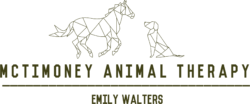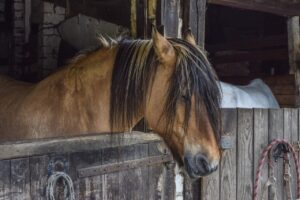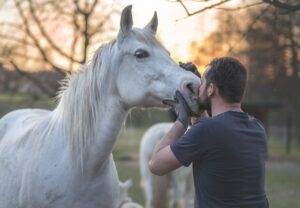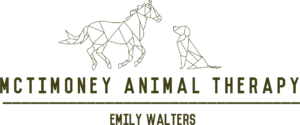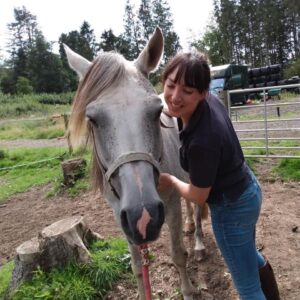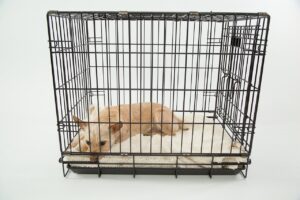The equine hamstring consists of 3 main muscles; the Biceps Femoris, Semitendinosus and Semimembranosus. These muscles are located down the back of the hind limb. They are responsible for a range of movements such as kicking, rearing and forward movements. Injuries here are common and can require prompt veterinary intervention and massage therapy to maximise healing time and quality.
The Biceps Femoris (red)
What Does it Do?
- Extends and abducts the hindlimb by extending the stifle and hip joints
- Plays a part in flexing the stifle
- Plays a part in extending the hock
What Does an Injury Here Mean?
Problems here can result in stiffness behind with a shortened stride as the result of inability to flex the hip and hock.
The Semitendinosus (yellow)
What Does it Do?
- Extends the hip and hock joints
- Flexes the stifle when the hock is flexed
- Responsible for internal rotation
What Does an Injury Here Mean?
Problems with this muscle show as a shortened forward stride and the horse may also goose step.
The Semimembranosus (green)
What Does it Do?
- Directs the movement of the femor and tibia
- Adducts the hindlimb
- Extends the hip and hock
What Does an Injury Here Mean?
Injury here result in the horse not tracking up properly and a shorted stride.
What Can Cause an Injury Here?
The equine hamstring can be the injured in several ways.
- Fast stops and pivots that can occur in games like polo
- In dressage, increased propulsion from behind, extended gaits and collection can all result in fatigue which can lead to muscle injury.
- When jumping, the propulsion a horse needs from behind to take off when jumping places strain on these muscles.
- Fast starts such as in racing can also result in injury.
- Fatigue in the event and endurance horse also make injury more likely to occur.
How to Prevent Equine Hamstring Injury
To try and prevent these injuries occurring it is important to keep your horse in a regular exercise regime and not to ask too much too quickly. You must always warm your horse up thoroughly before an event and only compete at the level their conditioning allows. Stretches are also very beneficial and hamstring stretches should be regularly performed when the horses muscles are warm to strengthen the connective tissue, lengthen the muscles and reduce post exercise stiffness.
What to do if You Suspect Your Horse has a Hamstring Injury
If you suspect your horse has a hamstring injury the first port of call is always the vet. They will ensure there are no significant tears and give medication and rest if appropriate. As soon as the vet is happy for the horse to be seen by an Equine Bodyworker give me a call as equine massage and gentle stretches can greatly quicken the healing of muscle injuries. Hamstrings are at a high risk of re-injury and I can help you monitor them closely.
Book an Equine Sports Massage
Areas covered in UK: Worcestershire and surrounding counties.
Book an Equine Sports Massage or Call Emily Walters on 07983 565 438
